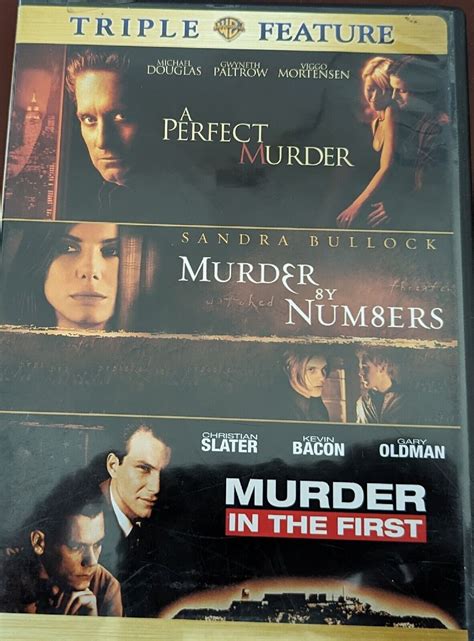The concept of the “perfect murder” has long fascinated humans, serving as a plot device in countless novels, films, and plays. It represents the ultimate test of cunning, intelligence, and strategic thinking. However, planning such a crime story involves more than just orchestrating a sequence of events; it requires a deep understanding of human psychology, meticulous attention to detail, and the ability to craft a narrative that is both believable and engaging.
To craft the ultimate crime story centered around a perfect murder, one must consider several key elements: the motivations of the characters, the impact of forensic science, the role of suspense and misdirection, and the psychological effects on both the characters and the audience. Each of these components must be woven together seamlessly to create a story that is not only thrilling but also thought-provoking and emotionally resonant.
The Motivation Behind the Crime
At the heart of any crime story is the motivation behind the act. What drives someone to commit the ultimate sin? Is it greed, revenge, love, or something more complex? The most compelling stories often involve motivations that are multifaceted and relatable, allowing the audience to connect with the characters on a deeper level. For instance, a protagonist driven by a desire for justice, albeit through dangerous and illegal means, can evoke a mixture of condemnation and sympathy from the reader.
Forensic Science: The Unseen Enemy
In today’s world, forensic science plays a crucial role in solving crimes. Any story about a perfect murder must consider how the perpetrator plans to evade the meticulous eye of forensic analysis. This could involve using untraceable weapons, carefully cleaning crime scenes, or even planting misleading evidence. The inclusion of forensic science also offers opportunities for plot twists, as characters may underestimate or overestimate the power of modern technology in tracking down culprits.
The Art of Suspense and Misdirection
Suspense and misdirection are key elements in keeping the audience engaged and guessing. A well-crafted crime story will lead the reader down multiple paths, presenting red herrings and misleading clues that distract from the true identity of the killer or the method of the crime. This can be achieved through the strategic use of point-of-view characters, whose limited perspectives offer the reader only glimpses of the truth, or through the introduction of secondary mysteries that serve to confuse or divert attention.
Psychological Impact
The perfect murder is not just about the act itself but also about the psychological aftermath. How do the characters react to the crime? How does it affect their relationships, their worldview, and their sense of justice? Moreover, how does the story impact the audience psychologically? A good crime story should leave readers questioning their own moral boundaries and pondering the nature of justice and morality.
Crafting the Narrative
When crafting the narrative of a perfect murder, consider adopting non-linear storytelling techniques. This could involve flashing back to the events leading up to the crime, using the investigation as a frame to explore the characters’ pasts, or even employing an unreliable narrator whose perceptions of reality are gradually revealed to be flawed. Each method allows for a complex exploration of character motivations and backstory, adding layers to the story.
Example: The Double Life
Consider a story where the protagonist, a respected member of the community, leads a double life. By day, they are a philanthropist and a pillar of society, but by night, they orchestrate a series of seemingly unrelated events that culminate in a murder. The twist? The victim is someone from their past who threatens to expose their dual identities. The planning involves not just the execution of the crime but the meticulous construction of alibis, the manipulation of relationships, and the anticipation of forensic analysis.
Conclusion
The perfect murder serves as a fascinating premise for a crime story, offering a canvas for exploring human nature, morality, and the intricacies of the human mind. By focusing on character motivations, the impact of forensic science, the use of suspense and misdirection, and the psychological aftermath, a writer can craft a narrative that is both captivating and thought-provoking. Ultimately, the key to a compelling crime story lies not in the crime itself, but in the depth and complexity of its characters and the narrative’s ability to weave together multiple threads into a cohesive, suspenseful tale.
For those interested in writing their own crime stories, it's essential to remember that the best narratives are those that challenge the audience's assumptions and keep them guessing until the very end. The balance between revealing enough to keep the reader engaged and withholding information to maintain suspense is a delicate one, but when achieved, it can lead to a truly unforgettable story.
Step-by-Step Guide to Planning Your Crime Story

- Develop Your Concept: Start by brainstorming what motivates your characters and how these motivations can lead to a perfect murder. Consider the setting, the time period, and how these factors influence your plot.
- Outline Your Plot: Once you have your core idea, begin outlining your story. Decide on the twists, turns, and revelations that will keep your audience engaged.
- Research Forensic Science: To create a believable narrative, understand the basics of forensic science and how it is used in investigations. This will help you craft a more realistic and compelling story.
- Build Your Characters: Your characters should be multi-dimensional, with clear motivations and backstories. Developing your characters will help you create a more engaging and relatable story.
- Write Your First Draft: With your plot outlined and characters developed, start writing your story. Focus on getting the narrative down first, and then refine your writing in subsequent drafts.
What Makes a Crime Story Compelling?
+A compelling crime story often involves a combination of complex characters, a intricate plot, unexpected twists, and a deep exploration of themes such as morality, justice, and human nature.
How Can I Ensure My Crime Story is Believable?
+Believability in a crime story can be achieved through thorough research, especially into forensic science and legal procedures, and by creating characters whose actions and decisions are motivated and consistent with their personalities and backgrounds.
What Role Does Suspense Play in a Crime Story?
+Suspense is crucial in a crime story as it keeps the audience engaged and invested in the narrative. It can be built through the use of cliffhangers, red herrings, and the slow revelation of clues and information.



